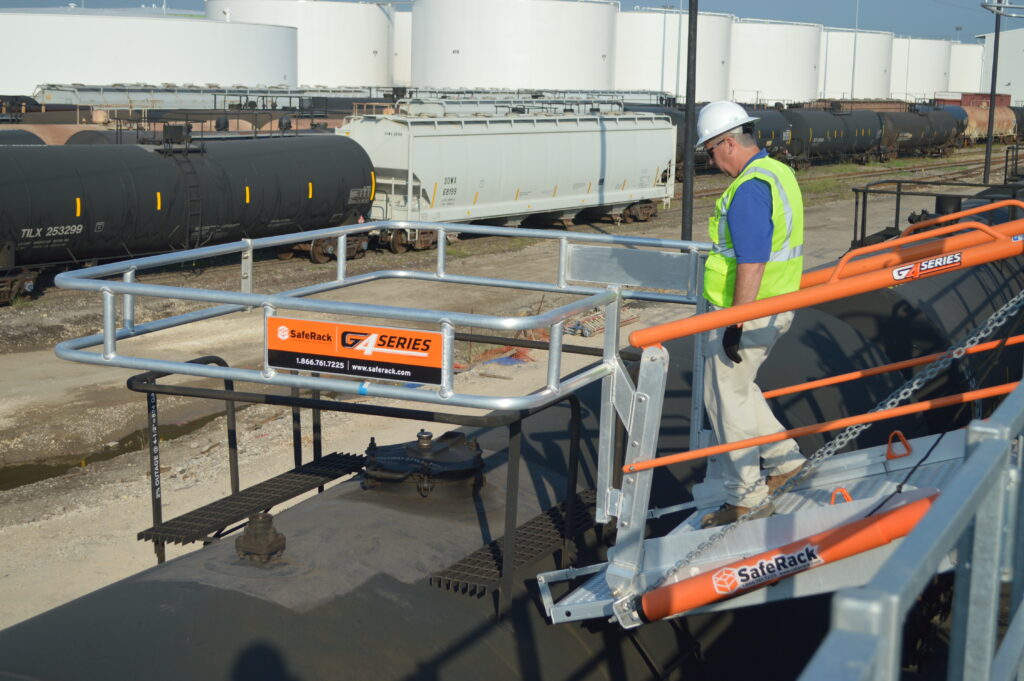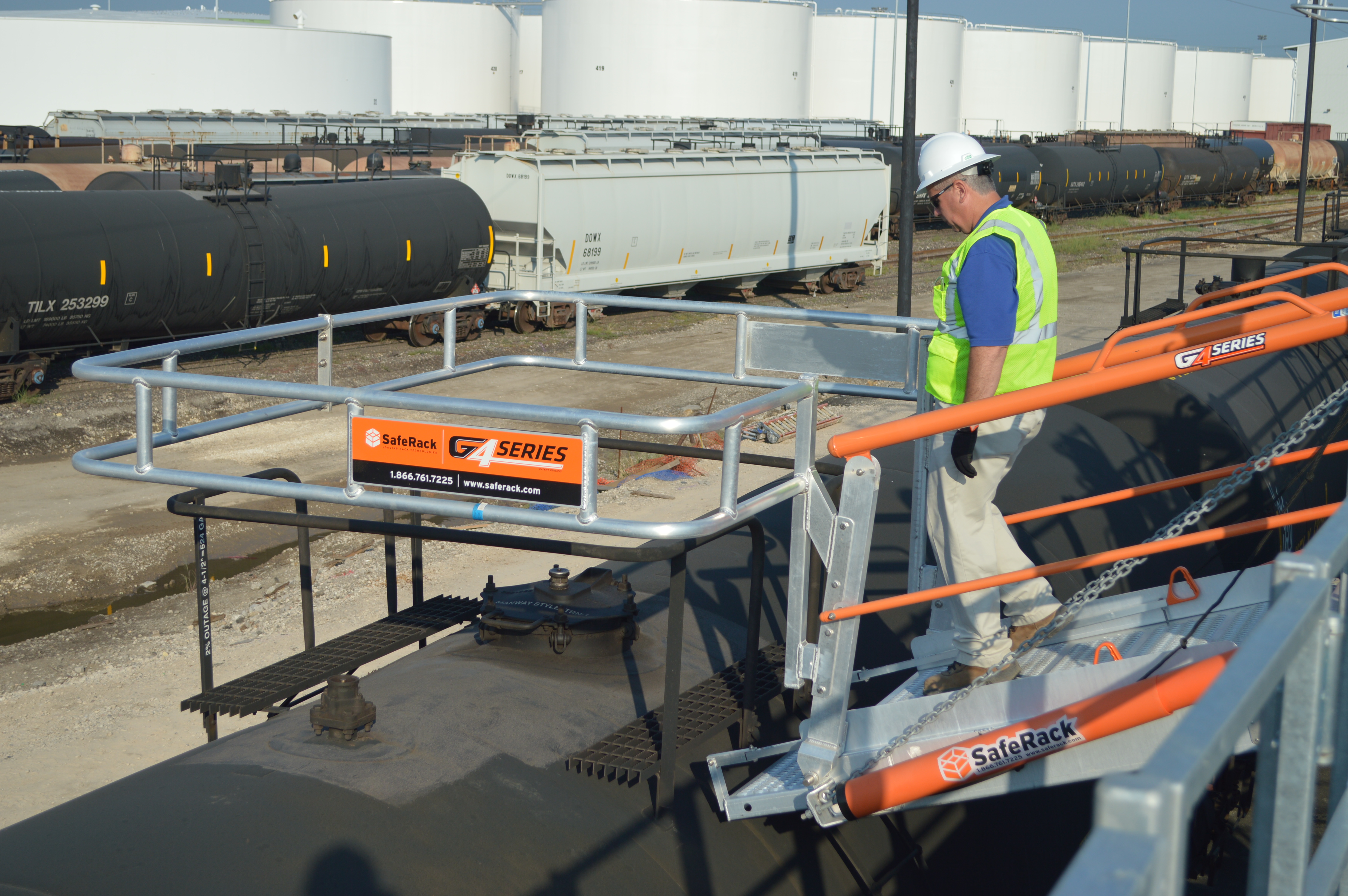
Regardless of an organization’s size or industry, creating a safe working environment for employees is likely at the top of most priority lists (and if not, it should be). While accidents still can and do occur despite your best safety efforts, you don’t want the added burden of negligence if one does arise. Take adequate preventative steps and regularly remind employees of the workplace safety measures you’ve implemented.
Check your own safety manual against this below list and make sure employees are always aware.
1. Uniforms and Protective Gear
Uniforms are a must in many industries. From construction to firefighting, there’s a need to safeguard workers. The term uniform should cover gear from head to toe, including protective headgear like hard hats, fire retardant outfits, breathing masks, goggles, rubber gloves, earplugs, suitable footwear (including slip-resistant types), and more. Have an enforcement policy in place so that all employees wear their uniforms and protective gear. And if the correct uniform isn’t available, you should not carry out the work.
2. Emergency Exits and Equipment
Think about every time you board a plane: You’re shown the emergency exit doors before taking off — and for good reason. By showing everyone the relevant exits, both physically and via clear signage, you’re putting the safety of your employees first. Fire drills in the workplace also serve to remind people of their nearest exits as well as the emergency procedures should another safety incident occur. Make sure that the route to exits is clear and adherent to building codes, that first aid kits and emergency equipment such as fire extinguishers and public access defibrillators are present, and that employees know how to work them.
3. Open Communication About Safety
Nobody knows more about on-the-job risks than the employees working the jobs. Employees should be encouraged to voice their opinions on potential hazards they encounter as well as the effectiveness of current protective measures and standards. Those employees at the opposite end of the spectrum who don’t want to be bothered with safety measures should be warned, given an opportunity to comply, and then dismissed if they don’t follow the proper procedures. That last piece is important because workplace safety is the responsibility of both individual workers and the workforce as a whole.
4. Health Code Enforcement
Similar to urging your staff to wear uniforms, emphasizing health codes is equally important. Proper grounds maintenance, storage inside and out, waste management, parking away from exits and even hand washing can go a long way toward preventing workplace hazards. Staff should be educated on health and safety codes related to their jobs and to their work environment.
5. Accident-Proofing the Building
This one will be specific to your industry or workplace but will generally include things like lighted walkways, no-slip stairs and railings, work platforms, and proper ventilation to secure worker safety. Also included are industrial swing gates, secure harnesses, loading arms, lifting devices, and other particularly hazardous use areas. Having fall protection systems and limiting exposure to hazardous chemicals and materials are also essential. Even no-slip safety rugs and ergonomic work stations should be considered.
6. Equipment Safety Checks and Regular Training
Of course, it’s important to regularly clean, check, and maintain equipment according to manufacturer guidelines for the safety of employees. It’s equally important to regularly train and test the equipment operators to avoid accidents caused by non-qualified staff. These checks will not only support a safe environment, but they’ll also help avoid unnecessary equipment repair and replacement costs as well as delays in production. Keeping a log of all accidents and equipment failures is necessary for both ongoing reporting and detecting future equipment issues.
7. Compliance with OSHA Rules
The Occupational Safety and Health Administration (OSHA) has designed a set of clear and precise safety rules and regulations to ensure that all workplaces remain safe and accident-free. An accident-free zone is necessary for productivity and morale, not to mention cash flow. If you’re unsure of how your workplace stacks up, you can request a free OSHA on-site consultation to carry out a worksite analysis and determine any possible safety issues. OSHA compliance standards cover the general, construction, maritime, and agriculture industries.
Everyone wants to feel safe when they go to work — and that their company cares and is looking out for them. Preventing foreseeable hazards in the workplace and making employees aware of safety precautions, expectations and procedures is better for everyone all around. If you’re in a particularly hazardous industry like one that OSHA oversees, safety is all the more important. It’s better to take preventive steps in the workplace environment, train employees to respond to accidents and emergencies effectively, and have an atmosphere of open communication and trust than to have to deal with a disaster later.


























